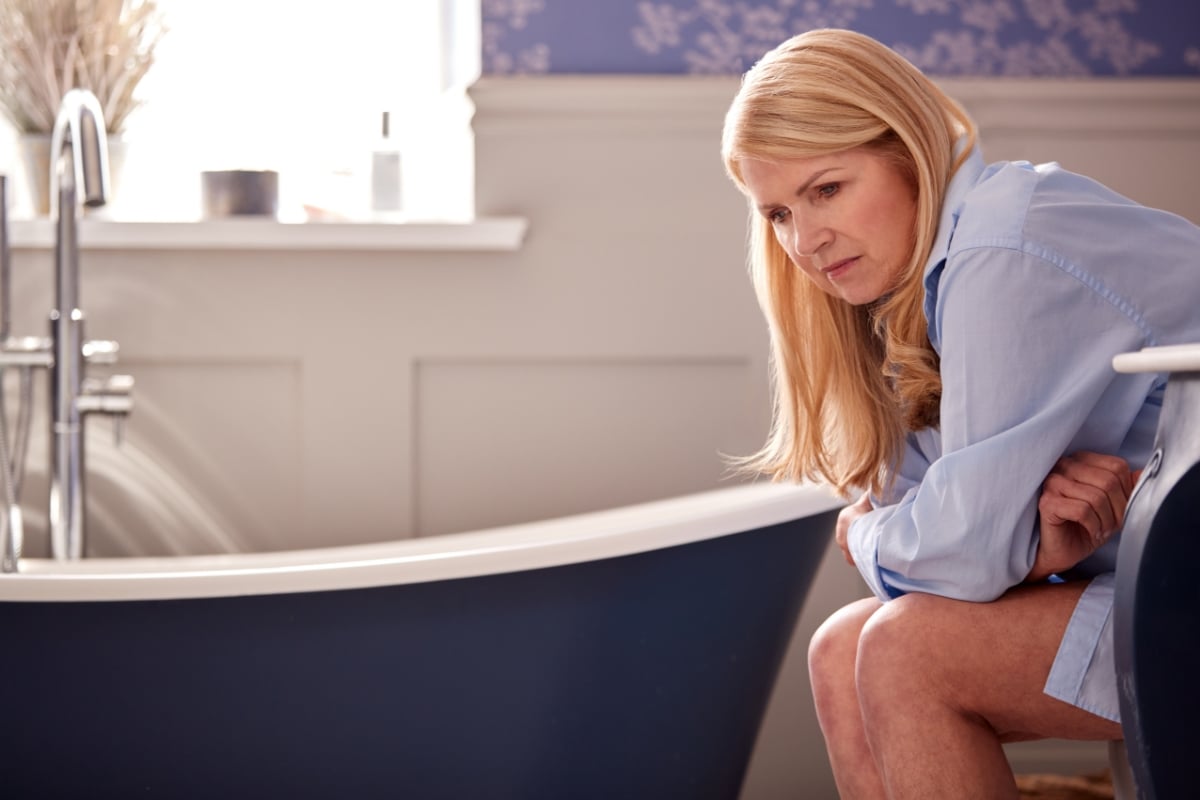Menopause: what to expect and how to manage
In the next few years, over 5 million individuals will be experiencing menopause in Canada, with some experiencing perimenopausal symptoms as early as in their 30s. While menopause is a natural stage of life, physiological shifts increase a person’s risk for reduced bone density, cardiovascular conditions, mood and cognitive changes, body composition changes, and over 40% of women will experience pelvic health issues.
How do you know when you’re entering this phase?
Our pelvic health physiotherapists Uma Ghosh and Alana Lazareck-Devlin discussed key signs of menopause, how it affects our overall health risks, and how to accommodate our lives to help us maintain wellness.
Below are 5 key takeaways from this session. To learn more please view the webinar above.
1. It starts with perimenopause.
The shift from menstruation to menopause is known as ‘perimenopause’ and is divided into early and late perimenopausal stages. During this time the menstrual cycle changes and periods start becoming irregular. For some women, this change may begin in their late 30s, and for some can last for over a decade. Other signs and symptoms that a person experiences in this phase may include hot flashes, mood changes, changes in libido, and decreased resilience to exercise recovery. Less recognizable symptoms include sleep disturbances, heart palpitations, disruptions to gut health, and aches and pain in the joints.
2. Women’s health risks are disproportionately affected by the hormonal changes in perimenopause and menopause.
Menopause is the point of time when you have not had a menstrual period for one complete year. During this time, our levels of the hormone estrogen decrease, and we experience physiological changes that include a decrease in our bone density and mass, and lean muscle mass. Body composition changes can include increased visceral fat around the waist. These changes collectively can contribute to an increased risk of cardiovascular events and osteoporosis.
3. Menopause affects our pelvic floor and while symptoms are common, we shouldn’t consider them normal.
The hormonal changes that accompany menopause decrease flexibility of muscles and tendons. The muscles that make up the pelvic floor are also affected and can lead to or increase incontinence and risk of prolapse. Estrogen contributes to the physical health of the vaginal area. As estrogen levels drop in perimenopause and menopause, many women experience a thinning of the vaginal tissues and accompanying dryness, pain with penetration, as well as increased susceptibility to urinary tract infections. Some women may also experience changes to bowel habits like constipation. These symptoms may not all be due to depleting estrogen, rather a lifetime of poor pelvic health habits. Troublesome symptoms can be addressed with a trained pelvic floor practitioner who can perform a very specific assessment for your unique needs.
4. Changing our exercise routines can help our body composition and support healthy bones and muscles.
Every body is a unique body. Exercises and pelvic floor training are individualized to support specific health needs to adapt for this transitional period. High intensity interval training (HIIT) workouts are comprised of 20-40 seconds of intense activity then a short recovery period. 20-30 minutes of HIIT workouts a few times a week can help improve body composition during perimenopause and menopause. Since estrogen affects our ability to maintain lean muscle mass and bone density, strength-based workouts consisting of safely performed higher weight and lower repetition exercises in addition to plyometrics (multidirectional explosive movements) like skater hop, explosive push-ups or ball slams, can help protect our bones and build muscle.
5. Treatment and support are individualized and can help you get back to life.
Self-treatment and care for perimenopause and menopause can include moisturizers for the vulvar tissues and lubricants to help protect against vaginal dryness and irritation. A prescribing physician may also recommend menopausal hormone therapy (MHT) to help with hot flashes or locally applied vaginal estrogen to assist with bladder urgency or UTI susceptibility. A trained pelvic floor physiotherapist can support pelvic floor issues including prolapse, urinary urgency, and leakage. For other concerns, see how a Lifemark clinician can help.





